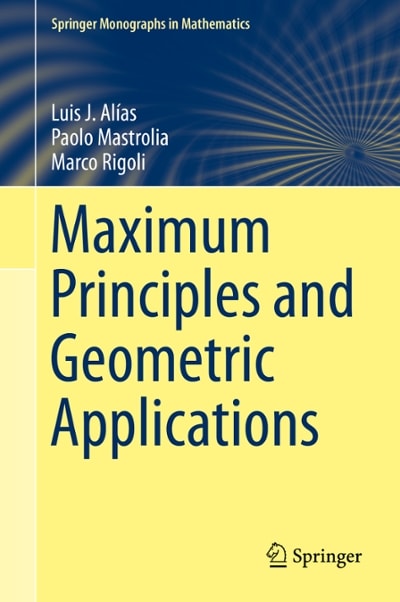Answered step by step
Verified Expert Solution
Question
1 Approved Answer
i need help for this question please. a options: A one way ANOVA / A two way 2 X 4 ANOVA / A two-way 3
i need help for this question please.
a options: A one way ANOVA / A two way 2 X 4 ANOVA / A two-way 3 X 4 ANOVA / A two-way 3 X 2 ANOVA
b options: Reject the null hypothesis / Retain the null hypothesis
c options: Yes, follow-up analysis is needed / No, follow-up analysis is not needed
Along with ques d / e / f

Step by Step Solution
There are 3 Steps involved in it
Step: 1

Get Instant Access to Expert-Tailored Solutions
See step-by-step solutions with expert insights and AI powered tools for academic success
Step: 2

Step: 3

Ace Your Homework with AI
Get the answers you need in no time with our AI-driven, step-by-step assistance
Get Started


